How to cool down a memory foam mattress − 5 easy, affordable hacks, tried and tested by experts
Whether you suffer from night sweats and hot flashes or you live in a warm climate, it's worth learning how to cool down a memory foam mattress
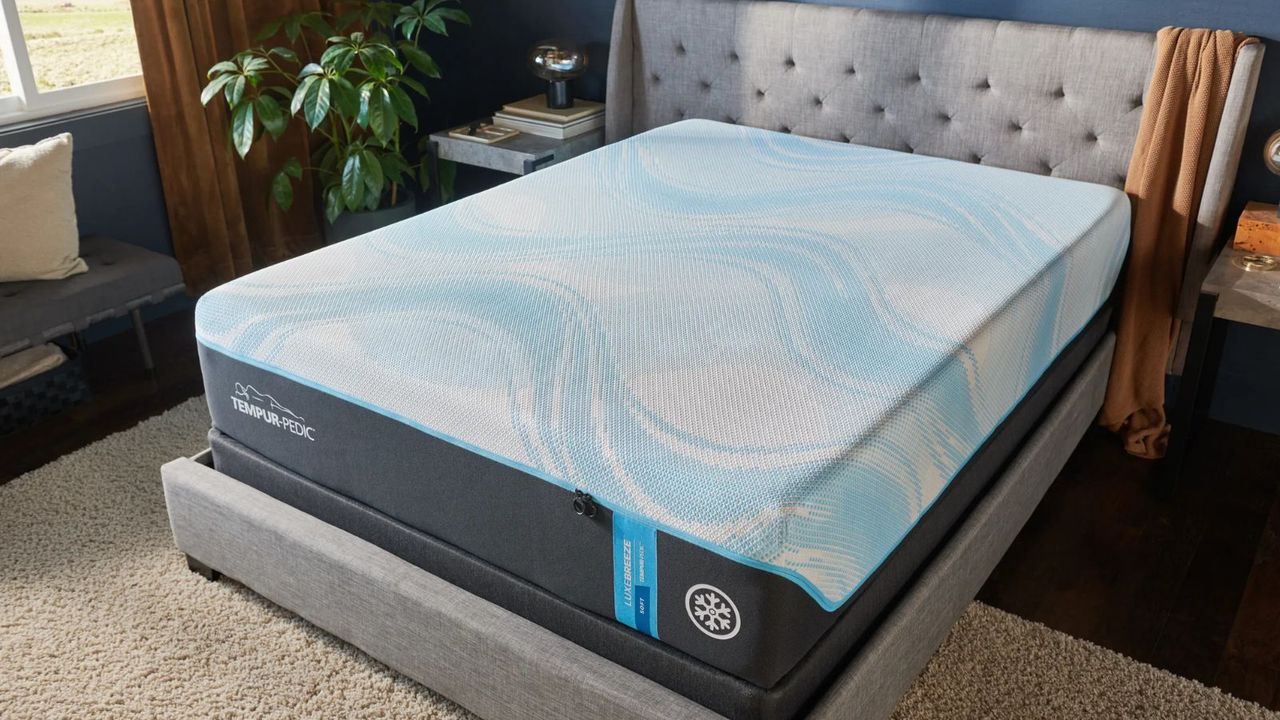

Memory foam is made to contour to your curves and cushion your joints. When you sleep on a memory foam mattress, you get great motion isolation and near-perfect pressure relief − but thermoregulation takes a hit. That's bad news for hot sleepers and anyone who lives in a warm climate.
Out of all the mattress types, memory foam is the worst for retaining heat. All that dense foam leaves little room for air to flow. Still, that doesn't mean you have to throw out your memory foam mattress and spend thousands on a brand-new bed. There are easy, affordable ways to keep your mattress cool.
As H&G's resident sleep writer, I lead a team of expert testers in the search to find the world's best mattress. Together, we represent a wide range of body types, ages, and sleep styles, and we live all across the country, from snow-capped corners of the Pacific Northwest to hot and humid cities in the South. I asked my fellow hot sleepers how to cool down a memory foam mattress. Their wisdom is invaluable, and some of their tips are totally free.
How to cool down a memory foam mattress – 5 expert hacks
To help you cool down your memory foam mattress, while saving you time and money, I've rounded up some of my favorite cooling bedding. I've found the best mattress topper for thermoregulation and the best bed sheets to stop night sweats. Each product you see below is tried and tested by an H&G sleep expert for a minimum of 30 nights to give an accurate indication of long-term performance.
1. Use a cooling mattress topper
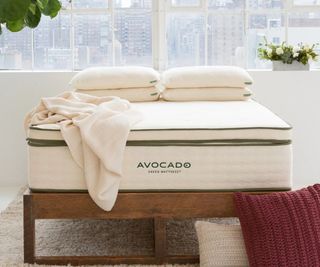
The easiest way to keep a memory foam mattress cool is to invest in one of the best cooling mattress toppers and pads. A mattress topper goes (you guessed it) on top of your mattress but beneath your fitted sheet, so it stays close to the surface and feels cool to the touch.
'When considering mattress topper types to help with cooling I would first recommend opting for one made of latex or poly foam,' says Derek Hales, a fellow mattress tester and Editor-in-Chief at NapLab, the sleep product testing platform. 'Both of those tend to be cooler than memory foam.'
Some memory foam types make better thermoregulators. I've seen memory foam mattress toppers infused with cooling gels or conductive materials, such as copper or graphite. 'Look for memory foam toppers that have a more substantial infusion of cooling materials,,' says Derek. 'You want something with thick cooling pad layers and phase change materials to absorb your body heat.'
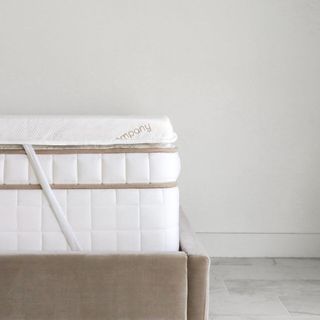
'I started testing the Saatva Graphite Mattress Topper in the middle of the hottest summer New England has ever seen, so I can confirm it lives up to those cooling claims,' says expert tester Kaitlin Madden. Graphite is highly conductive to carry excess thermal energy away from your body, out of the bed.
Read the full review: Saatva Graphite Mattress Topper
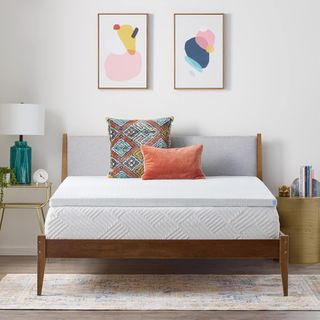
I just finished testing this gel-infused mattress topper and it managed to keep my night sweats under control. The Linenspa Memory Foam Mattress Topper delivers all the pros of memory foam, from pressure relief to motion isolation, without the heat retention.
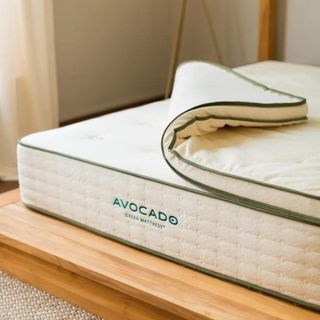
'This topper got me through a hot and humid New York summer,' says expert tester Antonia Santoro. 'I never woke up with night sweats and I managed to sleep comfortably even when my HVAC system went haywire. That's because latex is naturally breathable, arranged in an open-cell structure to enhance airflow.
Read the full review: Avocado Organic Latex Mattress Topper
2. Use a cooling mattress protector
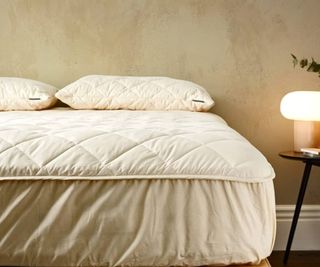
The problem with a mattress topper is that it changes the look and feel of your mattress. The best cooling mattress protector, by contrast, is a lightweight layer, more like a fitted sheet. It's designed to dissipate heat, wick moisture, and block odors without adding any extra inches to your mattress.

Wool makes an excellent natural moisture-wicker. According to the Woolroom Clean Sleep Report 2024, organic wool can hold up to 33% of its weight in water, keeping your bed and your body clean and dry. This mattress protector is designed to combat night sweats and prevent unsightly yellow sweat stains.
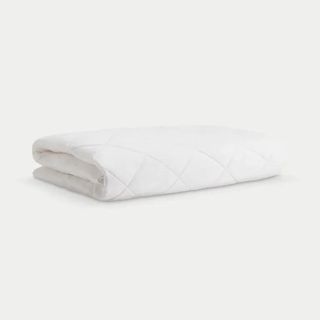
I started sleeping on this Bamboo Mattress Pad in the spring, but it really came into its own over summer. The Cozy Earth Bamboo Mattress Pad combines natural breathability with clever design, including all-around elastic for easy bed-making and a thin profile for a subtle fit.

This mattress protector is made from cotton terry cloth, which is naturally absorbent and totally noiseless. You won't hear any of that irritating squeaking you get from waterproof linings in synthetic mattress protectors. The SafeRest 100% Waterproof Mattress Protector gets more than 100,000 verified five-star reviews on Amazon, praising its fit and functionality.
3. Use breathable bedding
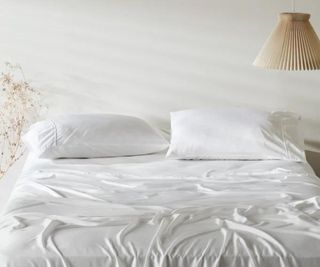
As H&G's resident Sleep Editor, my remit extends beyond mattresses: I also know a thing or two about bedding. A set of the best cooling sheets, lying close to your skin, could help you to sleep more comfortably in warmer weather.
There are lots of different bed sheet types, from cooling cotton to luxe linens, but natural materials will always trump synthetic substances for breathability. Consider cotton, linen, bamboo, eucalyptus, and wool for your cooling sheet set.
If you opt for cotton, make sure you check the specs to find out which weave you're working with. Cotton percale is crisp and cool, woven one-thread-over, one-thread-under, nice and loose to boost breathability. Cotton sateen, by contrast, is three-threads-over, one-thread-under. This forms a tighter weave, which tends to trap a little heat, though it makes for a luxuriously weighty sheet.
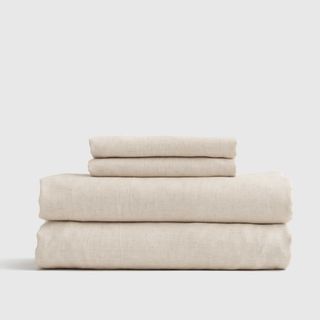
The best linen sheets make a great summer set. Lightweight yet durable, with touchable texture, these sheets come in a wide range of warm hues, from tobacco to terracotta. Linen sheets are often more expensive, but you can pick up a flat sheet, fitted sheet, and two pillowcases for less than $130 at Quince.
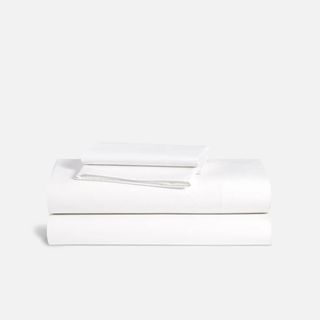
I keep a set of these cotton percale sheets in our guest room. Their crisp, cool finish makes them such crowd-pleasers. Where linen is prone to creases and crinkles, cotton percale is ultra low-maintenance for easy bed-making.
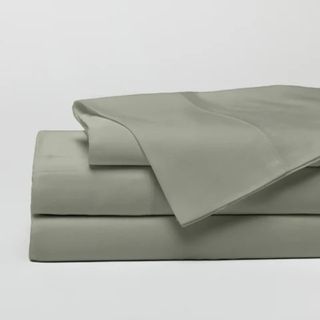
The best luxury bed sheets aren't even that expensive. The Cozy Earth Bamboo Bed Sheets look and feel luxurious while working to wick away night sweats. I must have dozens of sheet sets in my linen closet, and it's the Cozy Earth Bamboo Bed Sheets I turn to during heatwaves and hot nights.
4. Let your bed breathe
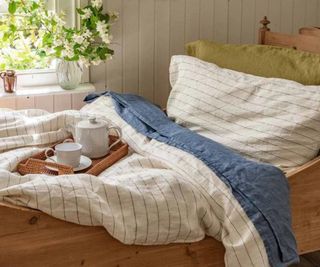
'Air out your mattress,' suggests Jack Dell'Accio, CEO and founder of the organic bedding brand, Essentia. 'Do not redress your bed immediately in the morning. Allow the mattress and sheets an opportunity to properly dry out to avoid moisture trapping. Clean, dry bedding will help with temperature regulation and also help avoid dust mites.'
The first thing I do when I get out of bed is open the window. I pull back my comforter and let fresh air circulate through my bedroom while I run through my morning routine. By the time I'm ready to leave the house, my bedding smells and feels fresher, and it only takes a few seconds to straighten the sheets. This way, I still find time to make my bed and keep my bedroom looking neat and tidy.
It also helps to clean a memory foam mattress topper.
5. Adjust the temperature in your bedroom
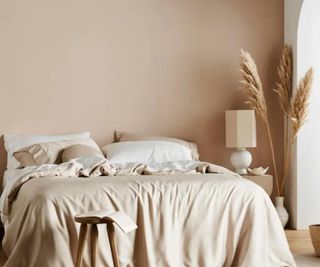
Common consensus among sleep scientists dictates that the best temperature for sleep is 65°F. If you're lucky enough to own a home with an HVAC system, try lowering the temperature in your bedroom an hour or so before you sleep.
If you've tried everything, and you're still struggling to sleep in the heat, then it might be time to replace your current mattress with one of the best cooling mattresses. I've ranked and reviewed six of the best options from Tempur-Pedic, Saatva, Zinus, and more.
Sign up to the Homes & Gardens newsletter
Design expertise in your inbox – from inspiring decorating ideas and beautiful celebrity homes to practical gardening advice and shopping round-ups.

Emilia is our resident sleep writer. She spends her days tracking down the lowest prices on the best mattresses and bedding and spends her nights testing them out from the comfort of her own home. Emilia leads a team of testers across America to find the best mattress for every sleep style, body type, and budget.
Emilia's quest to learn how to sleep better takes her all around the world, from the 3Z mattress factory in Glendale, Arizona to the Hästens headquarters in Köping, Sweden. She's interviewed luxury bedding designers at Shleep and Pure Parima, as well as the Design Manager at IKEA. Before she joined Homes & Gardens, Emilia studied English at the University of Oxford.
-
 I tried the Spring Cleaning Bingo Method, and it was a game-changer for a less stressful clean in my tiny home, say psychologists
I tried the Spring Cleaning Bingo Method, and it was a game-changer for a less stressful clean in my tiny home, say psychologistsIt was the motivational boost I needed to make my spring cleaning a success at home
By Rebecca Shepherd Published
-
 Walton Goggins' magical 'snug room' is one of the coziest spaces I've ever seen – it might be spring, but I am dreaming of the holiday season
Walton Goggins' magical 'snug room' is one of the coziest spaces I've ever seen – it might be spring, but I am dreaming of the holiday seasonBeautiful materials, natural finishes, and pared-back design – The White Lotus stars' home takes a warm, cozy, and calm turn
By Jennifer Ebert Published